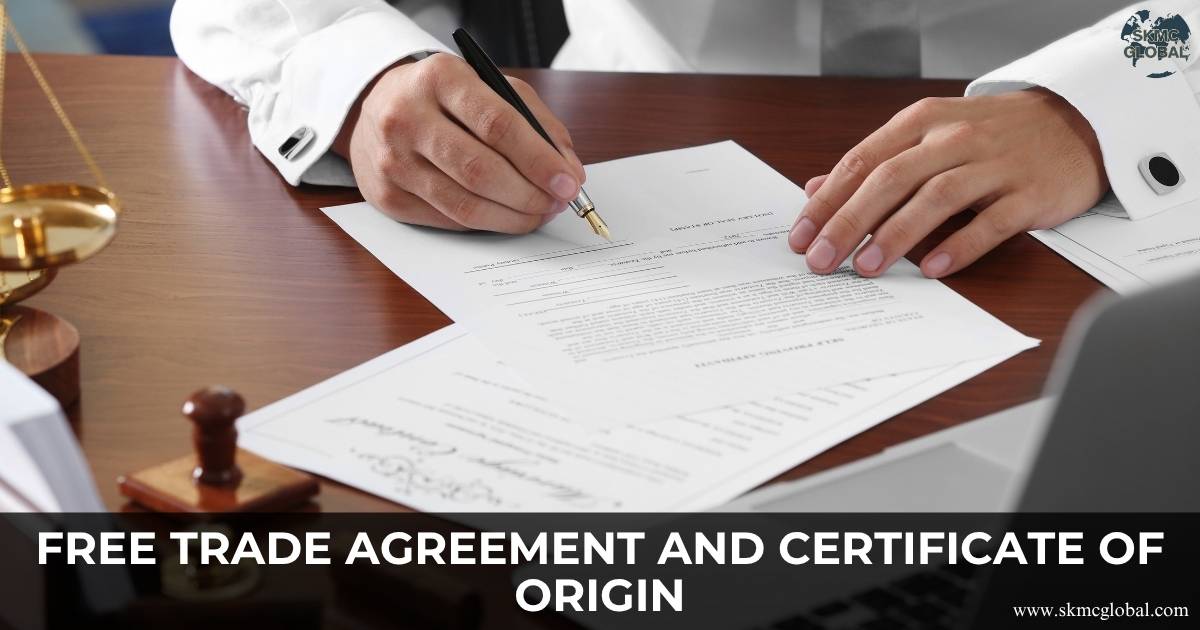
Certificate of Origin (COO) and Free Trade Agreement (FTA) are export worthy documents in the foreign trade sector in an aim to ease exports and imports between countries. Foreign trade companies ought to get acquainted with such terms—i.e., the COO in shipment, certification of origin, and certificate of origin for export process—to enjoy reduced customs duty and to escape trading regulations non-compliance.
Origin certification is a report that confirms the imported products are manufactured, made, or processed in a particular country. Most utilized certificates by most exporters to validate statements in their customs declaration are the statement of origin of manufacturer and certificate of origin country. Knowing what a certificate of origin is and how the certificate of origin meaning fits into the greater trade picture can assist exporters in maximizing the benefits of Free Trade Agreements and preventing expensive document mistakes.
A new comer at the beginning of trading, perhaps an experienced exporter, being aware of the certification of origin process keeps your company running smoothly across international boundaries.
Understand Free Trade Agreements (FTAs)
Free Trade Agreement (FTA) refers to a pact between two or more nations aiming to eliminate or minimize trade barriers in the form of tariffs, quotas, and prohibitions on the import of goods and services. Through the removal of such trade barriers, FTAs create greater ease of market access, expand economic cooperation, and expand levels of bilateral trade.
India has signed various FTAs with countries like Japan, South Korea, and countries of ASEAN to get maximum export benefit. Indian manufacturers have an opportunity to compete in the global market through the provision of preferential rates of duty as facilitated—under the condition that the manufacturers be in a position to define place of origin of trading by way of providing sufficient documents such as an export certificate of origin.
Products satisfying some "rules of origin" can be preferentially treated in the majority of FTAs. These rules are the provisions on which conditions are put while determining in what country a product is manufactured. To qualify under such preferments, exporting entity is required to manufacture a valid certificate of origin or COO in shipping documents.
Types of FTAs India Has Entered Into
India has been a keen participant in various FTAs to enhance its trade relationships across the globe. Some of the major agreements are:
- ASEAN-India Free Trade Agreement (ASEAN-India FTA)
- India-Singapore Comprehensive Economic Cooperation Agreement (CECA)
- India-Korea Comprehensive Economic Partnership Agreement (IKCEPA)
- India-Japan Comprehensive Economic Partnership Agreement (IJCEPA)
- India-Mauritius Comprehensive Economic Cooperation and Partnership Agreement
- India-UAE Comprehensive Economic Partnership Agreement (IUCEPA)
- India-Australia Economic Cooperation and Trade Agreement (Ind-Aus ECTA)
- India-European Free Trade Association (EFTA) Free Trade Agreement: A treaty with Switzerland, Norway, Iceland, and Liechtenstein for increased trade cooperation.
- India-Sri Lanka Free Trade Agreement (ISFTA)
- South Asian Free Trade Area (SAFTA: A SAARC level agreement to increase regional trade.
- Global System of Trade Preferences (GSTP): India is a signatory to this UN-based system granting preferential tariff treatment between developing countries.
- Global System of Preferences (GSP) Scheme: Differential treatment by selected developing countries is provided by India with a perspective to nurturing exports and fostering economic interconnections.
- India-Chile Preferential Trade Agreement (India-Chile PTA)
- South Asia Preferential Trade Agreement (SAPTA): A prelude to SAFTA, with the objective of promoting intra-SAARC trade.
- India-Thailand Early Harvest Scheme
- India-Mercosur Preferential Trade Agreement: For promoting trade with Mercosur partners, viz., Brazil, Argentina, Uruguay, and Paraguay.
- India-Malaysia Comprehensive Economic Cooperation Agreement (IMCECA)
- India-Asia-Pacific Trade Agreement (APTA)
What is a Certificate of Origin?
Certificate of Origin (COO) is a mandatory international trade certificate stating that the exported goods are solely sourced, manufactured, produced, or processed from the named country. That is, it verifies the certificate of origin of the exported goods.
It is a genuine affirmation—most often by some competent body such as a Chamber of Commerce or export promotion council—who testifies the location where an article has been manufactured. Certificate of origin is not formalism; it affects duties charged on products, FTA benefit eligibility, and customs clearance time.
Certificate of origin is required by the importing nations for treatment of tariff and for compliance with trade policy. For example, in case the Indian exporter is shipping to Japan under India-Japan CEPA (Comprehensive Economic Partnership Agreement), the exporter must furnish a certificate of origin for export in order to obtain preferential duty rates under such an FTA.
Types of Certificates of Origin
The certificate of origin may differ depending on the terms of trade or requirements of the destination country. Two are available:
1. Preferential Certificate of Origin
This is applied in the case of merchandise which qualifies for preferential customs duties under specific Free Trade Agreements. Exporters need to comply with stringent rules of origin, local content or processing percentage requirement to qualify. COO on export at shipping under an FTA guarantees that custom authorities charge preferential duties.
2. Non-Preferential Certificate of Origin
Also known as a "normal" certificate of origin, it is used for export to the countries which are not under FTA. It provides no duty benefit but may be required for general trade certification, anti-dumping duties, or statistical reasons.
Both these situations require the maker's statement of origin and supporting records—i.e., invoices, bill of material, or production records—to be in position to guarantee correct origin certification.
Significance of Certificate of Origin in Shipping
Shipping's Certificate of Origin is the goods traveler's passport from border to border. It provides customs personnel, freight forwarders, and importers assured information on where something has been made and upon what FTA benefits it can benefit.
Without a genuine certificate of origin, exports are liable to be delayed, pay additional tariffs, or be refused upon arrival at the port of destination. Therefore, the correct certificate of origin for export is to facilitate smooth customs clearance and cost savings as a result of preferential duty.
Besides this, every country nowadays allows electronic COO in shipping so that exporters can file and obtain certification of origin electronically. Digitalization is saving processing time, cutting paperwork, and enhancing transparency in trade.
Role of Manufacturer's Statement of Origin
Manufacturer's statement of origin is a supporting document which is compulsory and used by the exporter to ascertain the origin of the product. Manufacturer's statement of origin is a manufacturer's self-declaration regarding how and where the product has been produced.
The manufacturer's statement of origin is largely scrutinized by the customs officials and chambers of commerce prior to the issuance of a proper certificate of origin on export. In the case of several stages of production involving several countries, the statement ensures that the end product conforms to the FTA rules of origin.
As an example, if a product from India relies on raw material imports, the origin statement of the manufacturer will be helpful to determine whether the finished product is "Made in India" for some trade agreements.
The Certification of Origin Process
The steps to take when applying for certification of origin are as follows:
1. Verify eligibility under FTA – Determine whether the importing nation has an FTA with your country.
2. Obtain manufacturer data – Get the statement of origin and production records from the manufacturer.
3. Preparation of documents – Provide invoices, packing slips, and shipping documents.
4. Submit COO application – Visit the authority concerned, i.e., a Chamber of Commerce or export promotion council.
5. Verification and issue – Your documents are verified by the authority and the export certificate of origin is issued in paper or electronic format.
The exporters must guarantee that the stated information on the COO at the point of dispatch is a replica of the stated information on other dispatch and customs documents so that it is uniform.
Benefits of Certification of Origin
Origin certification has several significant benefits to importers and exporters:
- Lower tariffs: Get preferential duty treatment under FTAs.
- Speedy customs clearance: Certified COO simplify inspection and release procedures.
- Global recognition: A legitimate certificate of origin builds your brand credibility in international trade.
- Compliance assurance: Guarantees adherence to international trade regulations.
- Facilitating trade: Promotes transparency and traceability of the supply chain.
Certificate of origin export certificate therefore not only guarantees compliance with regulation but also forges a competitive advantage in the international market.
Common Certificate of Origin Challenges for Export
The majority of exporters face the following challenges notwithstanding its significance:
- Improper or incomplete statement of origin by the manufacturer
- Incorrect COO in shipping documentation
- Misinterpretation FTA-specific rules of origin
- delay in document verification
- country of origin certificate requirement awareness deficit
In order to overcome these barriers, professional consultation and requisite documentation need to be done at every step in the export process.
How SKMC Global Can Help?
We of SKMC Global are experts at unbundling it from the complexity of certificate of origin and Free Trade Agreement compliance for producers and exporters.
Our export service team provides the full support of preparation, verification, and purchase of your export certificate of origin based on FTA regulations and requirements as well as customs. We also assist in the preparation of manufacturer's statement of origin, arrange authorized agencies, and make your COO on exports accurate and up to destination country standards.
Services We Provide:
- Advisory on applicable Free Trade Agreements
- Certificate of origin application preparation and submission
- Manufacturer's statement of origin documents screening
- Guideline guidance on country of origin certificate compliance
- Electronic CO registration and issuing support
Exporters do not have to worry about technical aspects of trade documents because they will concentrate on market development with SKMC Global.
Conclusion
In today's competitive global economy, knowledge of Free Trade Agreements and certificate of origin is a must to any exporter who thinks globally. Manufacturer's statement of origin, certification of origin, and COO on shipment are not forms but the building blocks to trouble-free trade and cost savings through FTAs.
With proper documentation and professional help from such professionals like SKMC Global, the exporters are able to sail through the origin of trade procedure smoothly so that their product is available in the world markets with proper compliance and cost advantages.
Recent Posts
-
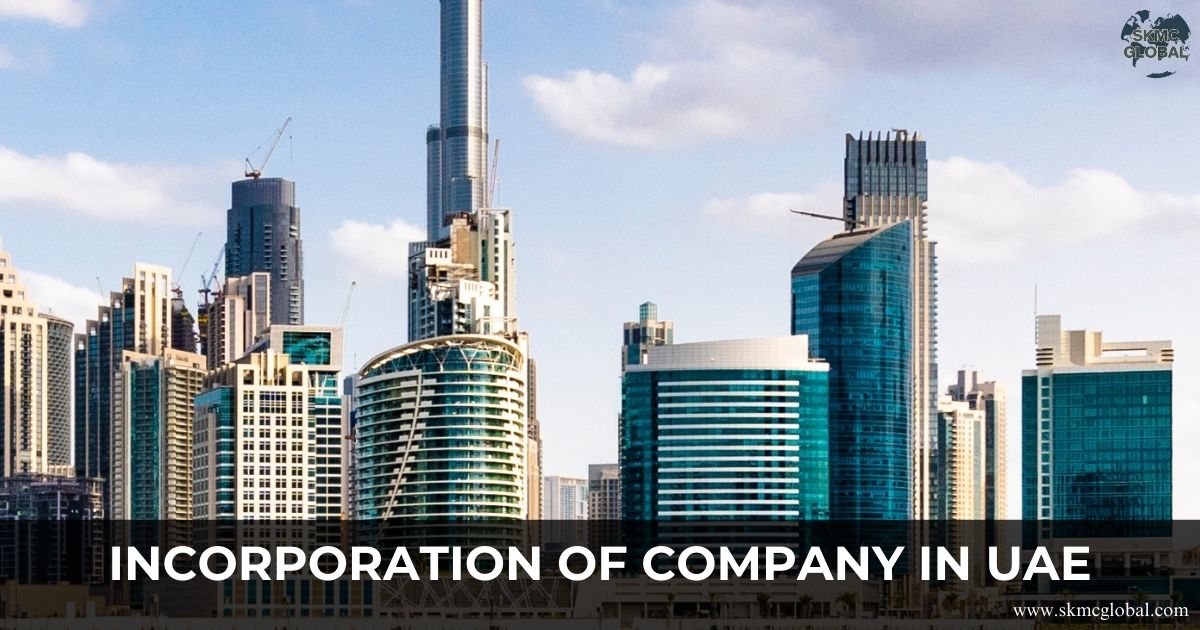 Incorporation of Company in UAE...
Dec 03,2025
Incorporation of Company in UAE...
Dec 03,2025
-
 Legal Entity Identifier LEI - Purpose and Applicab...
Dec 01,2025
Legal Entity Identifier LEI - Purpose and Applicab...
Dec 01,2025
-
 Implementation of New Labour Codes 2025...
Nov 29,2025
Implementation of New Labour Codes 2025...
Nov 29,2025
-
 A Step-by-Step Guide to a Smooth Payroll Outsourci...
Nov 28,2025
A Step-by-Step Guide to a Smooth Payroll Outsourci...
Nov 28,2025
-
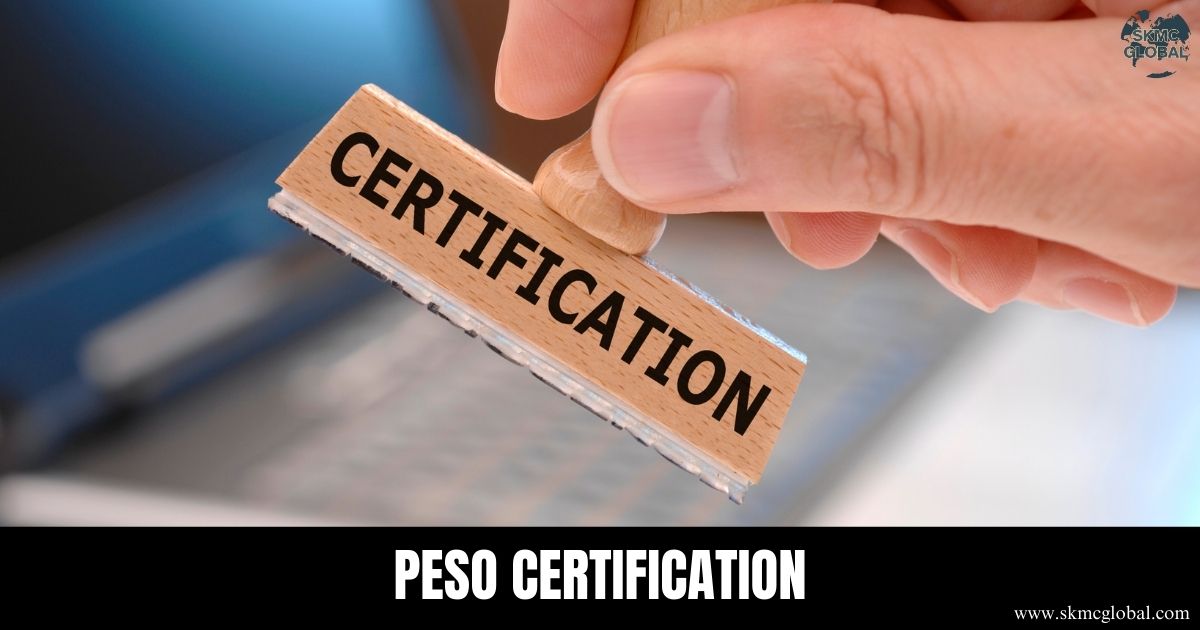 PESO Certification in India...
Nov 26,2025
PESO Certification in India...
Nov 26,2025
-
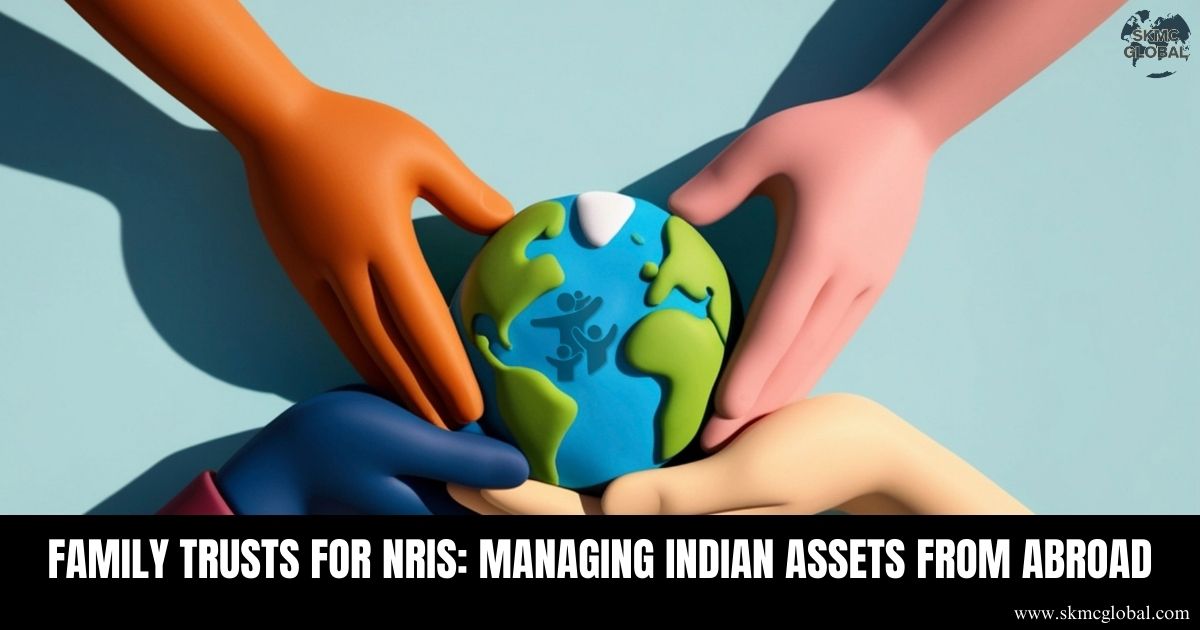 Family Trusts for NRIs- Managing Indian Assets fro...
Nov 24,2025
Family Trusts for NRIs- Managing Indian Assets fro...
Nov 24,2025
-
 Decoding Disclosures: Section 184 of Companies Act...
Nov 21,2025
Decoding Disclosures: Section 184 of Companies Act...
Nov 21,2025
-
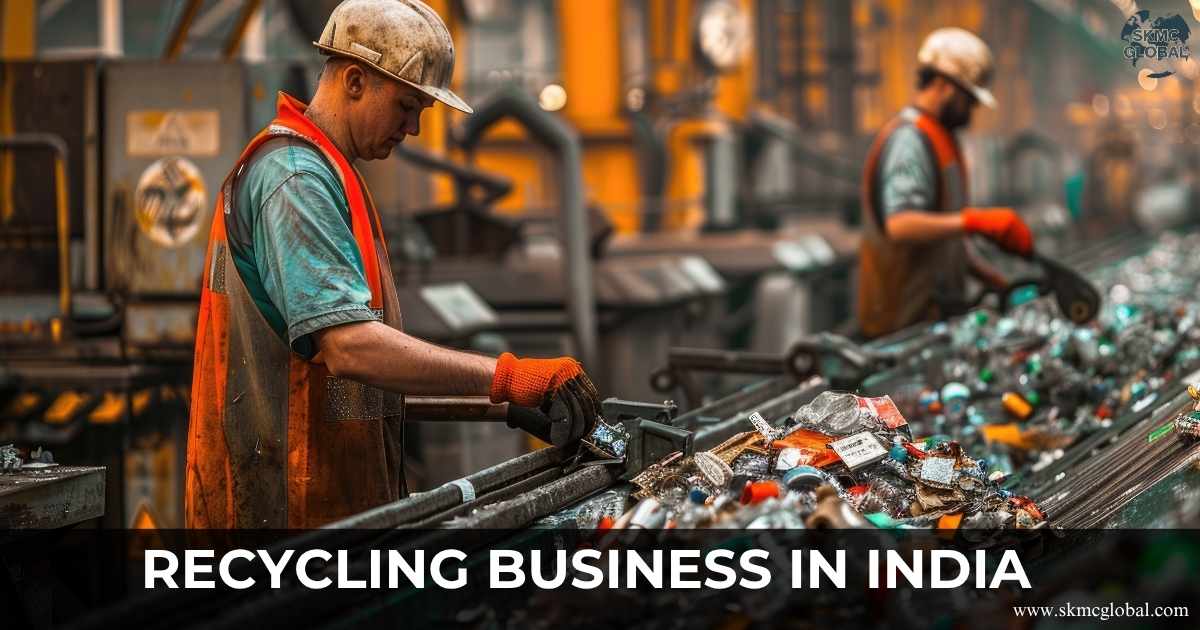 All you want to know about Recycling business in I...
Nov 20,2025
All you want to know about Recycling business in I...
Nov 20,2025
-
 What is Seed Fund Scheme and its relevance for Sta...
Nov 19,2025
What is Seed Fund Scheme and its relevance for Sta...
Nov 19,2025
-
 Incorporation of Company in Singapore...
Nov 18,2025
Incorporation of Company in Singapore...
Nov 18,2025
-
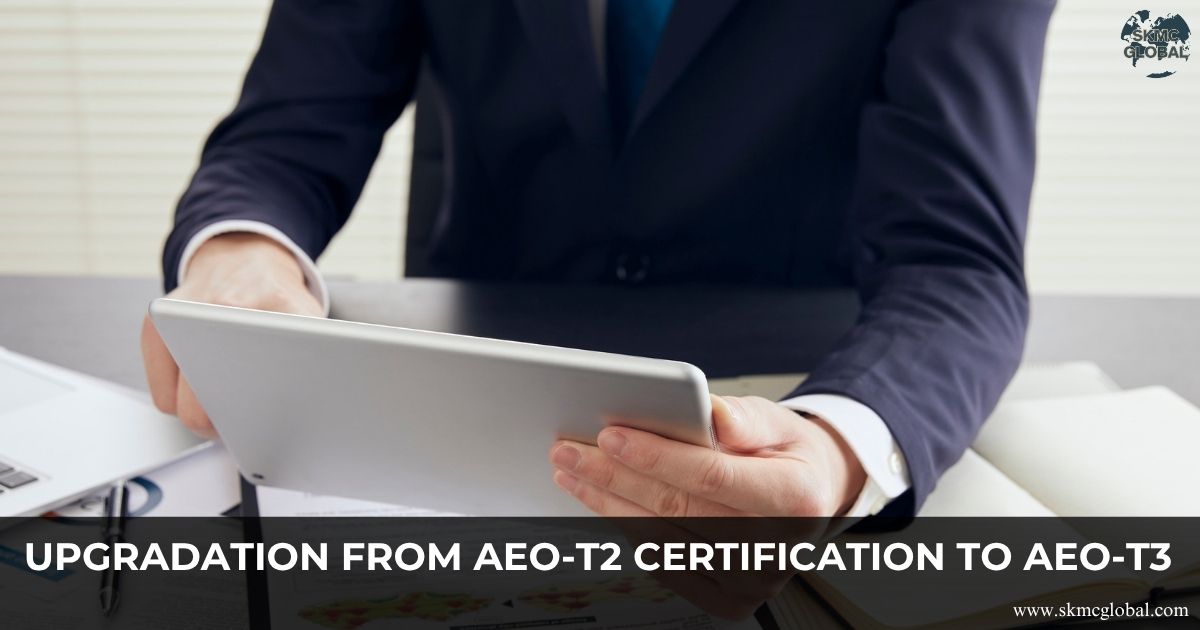 How to upgrade your AEO T2 certification to AEO T3...
Nov 15,2025
How to upgrade your AEO T2 certification to AEO T3...
Nov 15,2025
-
 What is the relevance of APEDA Registration and it...
Nov 14,2025
What is the relevance of APEDA Registration and it...
Nov 14,2025
-
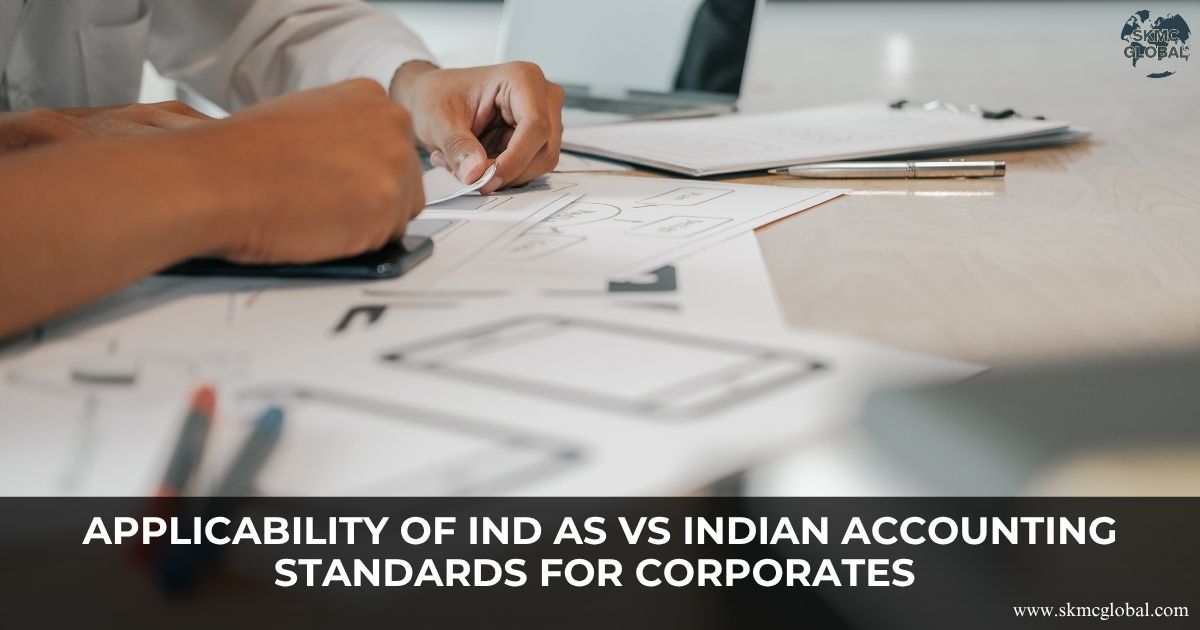 Applicability of Indian Accounting Standards for c...
Nov 11,2025
Applicability of Indian Accounting Standards for c...
Nov 11,2025
-
 Public vs. Private Trust: key Differences in Regis...
Oct 28,2025
Public vs. Private Trust: key Differences in Regis...
Oct 28,2025
-
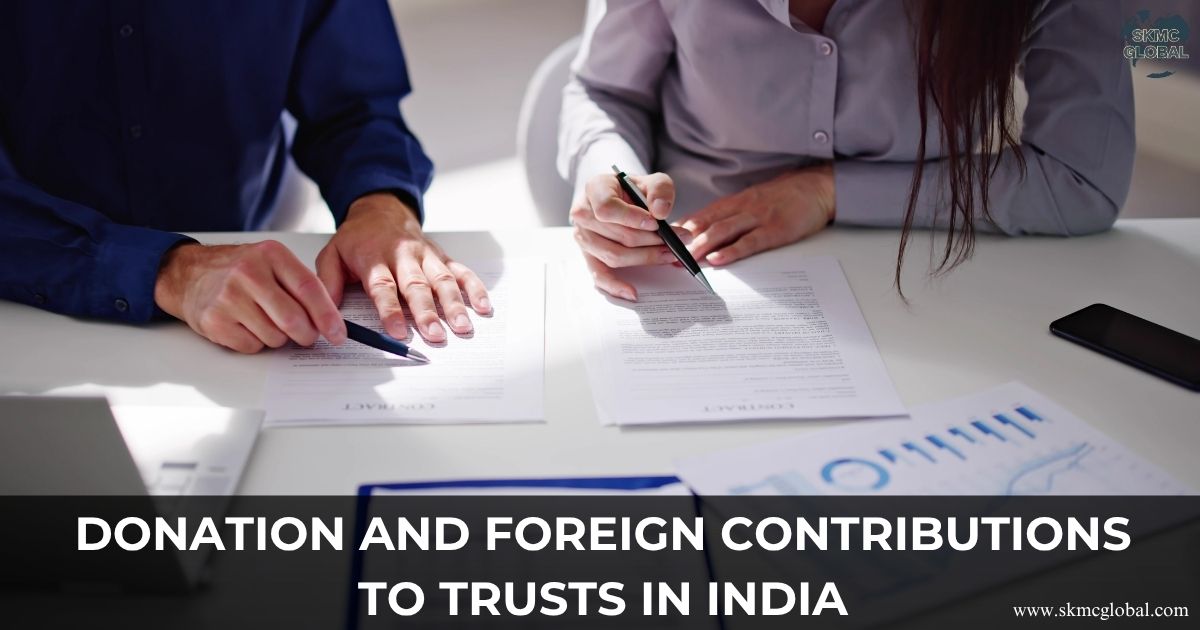 Donation and Foreign Contributions to Trusts in In...
Oct 23,2025
Donation and Foreign Contributions to Trusts in In...
Oct 23,2025
-
 Redeemable Preference Shares as a Financial Tool...
Oct 22,2025
Redeemable Preference Shares as a Financial Tool...
Oct 22,2025
-
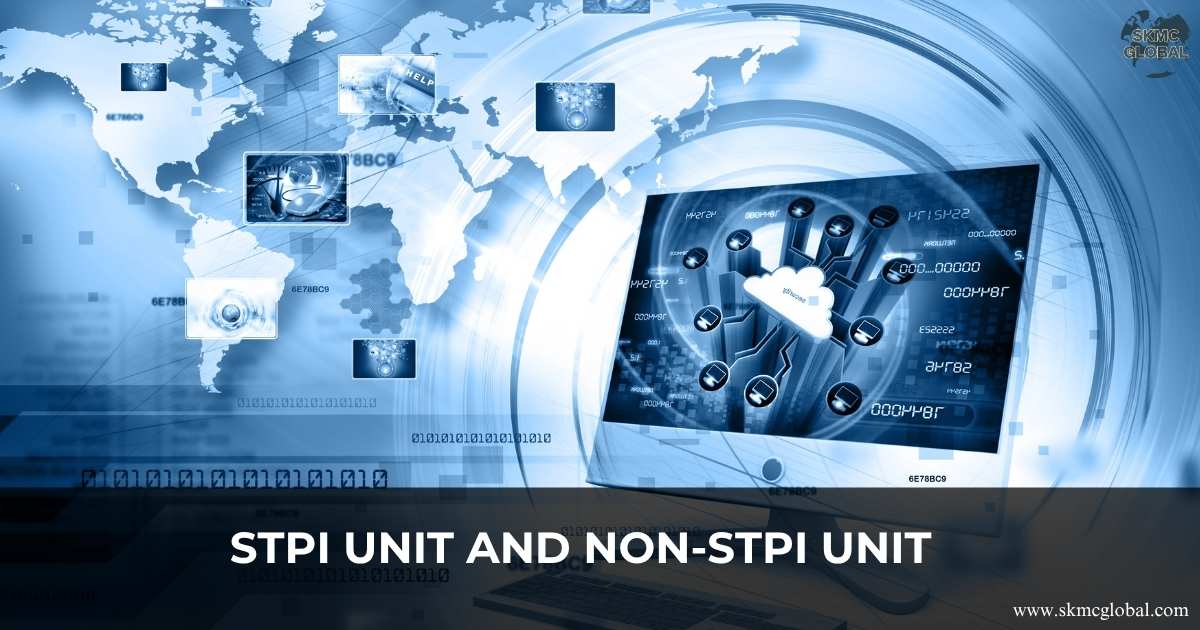 STPI Unit and Non-STPI Unit...
Oct 16,2025
STPI Unit and Non-STPI Unit...
Oct 16,2025
-
 Country-by-Country Reporting (CbCR) and Its Evolvi...
Oct 09,2025
Country-by-Country Reporting (CbCR) and Its Evolvi...
Oct 09,2025
-
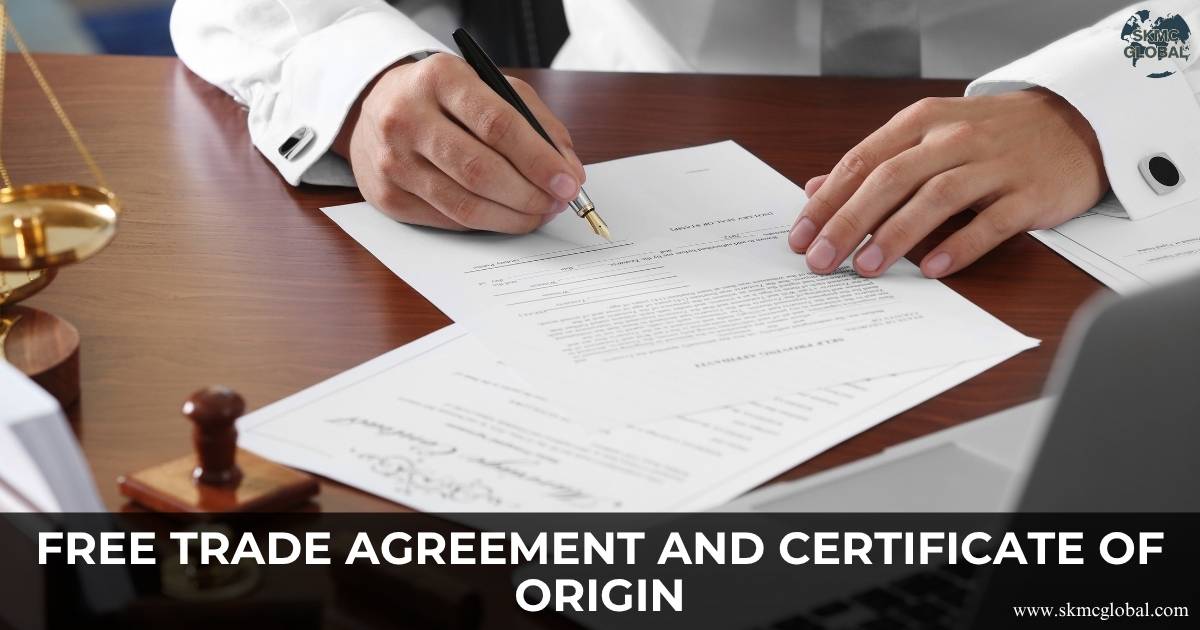 What is Free Trade Agreement and Certificate of Or...
Oct 08,2025
What is Free Trade Agreement and Certificate of Or...
Oct 08,2025
-
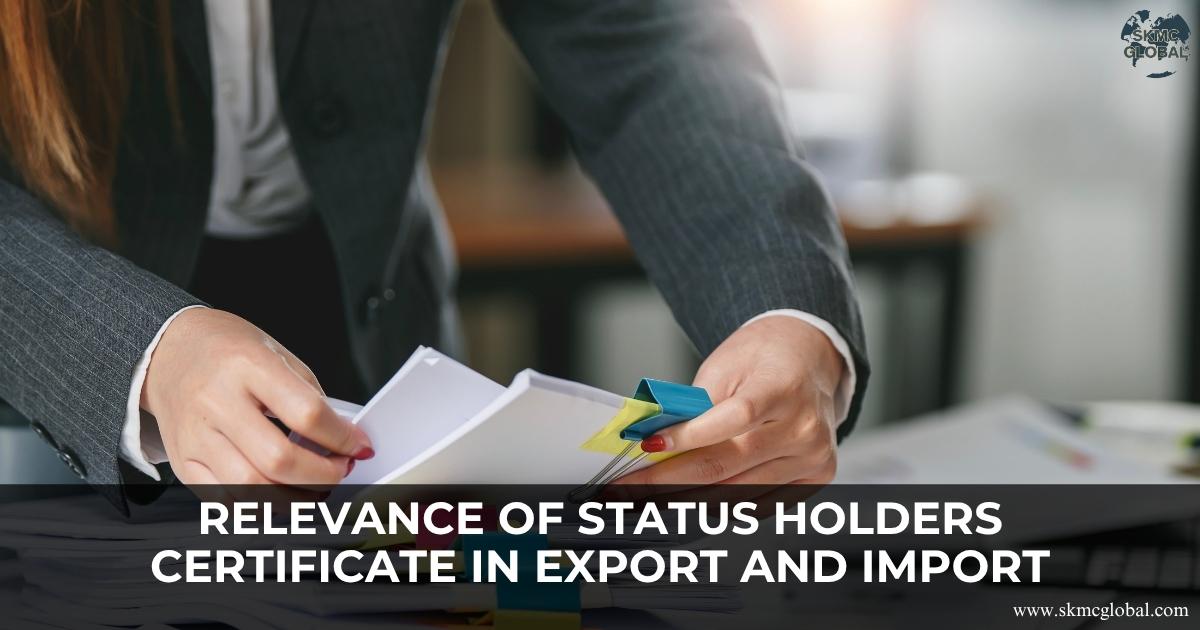 What is the relevance of status holders certificat...
Oct 06,2025
What is the relevance of status holders certificat...
Oct 06,2025
-
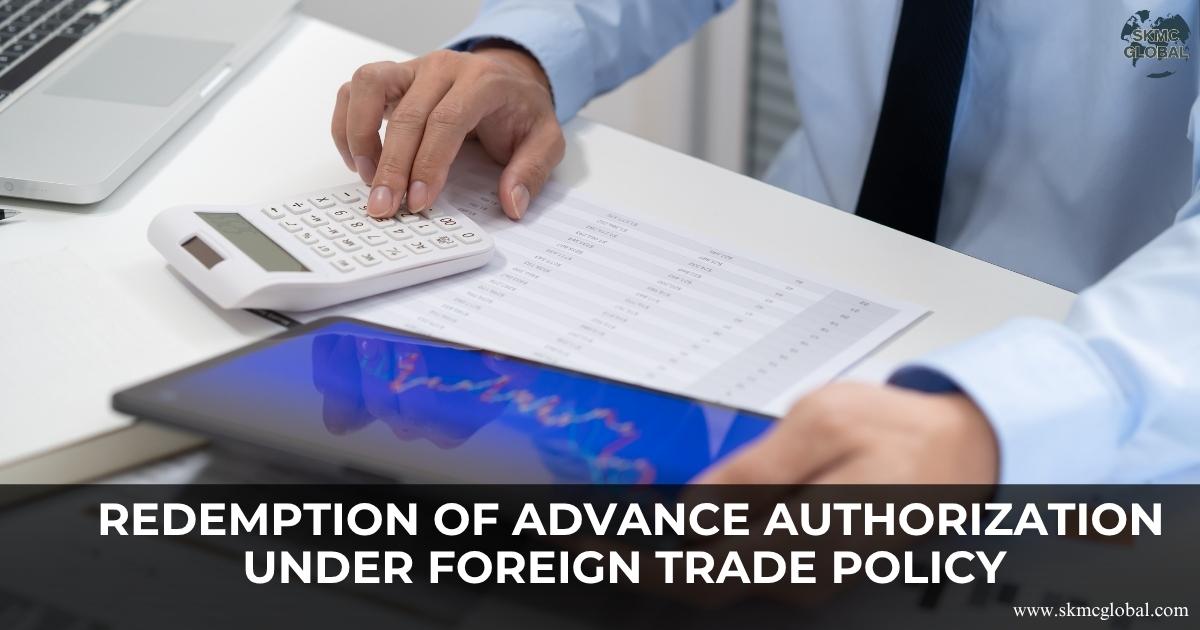 Redemption of Advance Authorization under Foreign ...
Oct 04,2025
Redemption of Advance Authorization under Foreign ...
Oct 04,2025
-
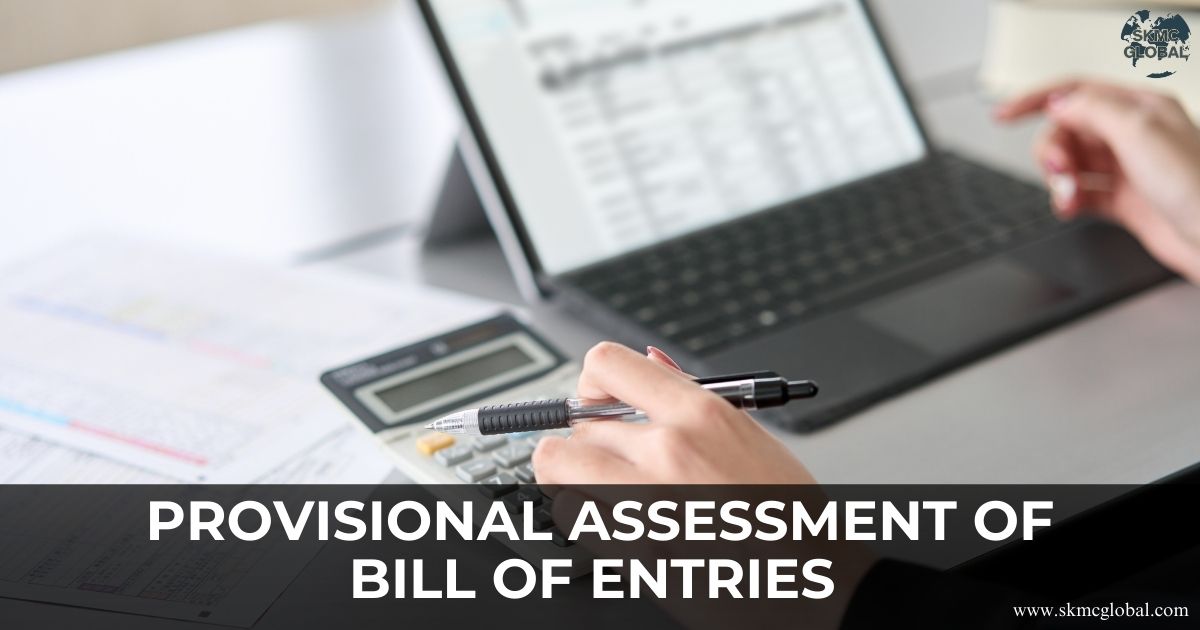 What is provisional assessment of Bill of Entries ...
Sep 29,2025
What is provisional assessment of Bill of Entries ...
Sep 29,2025
-
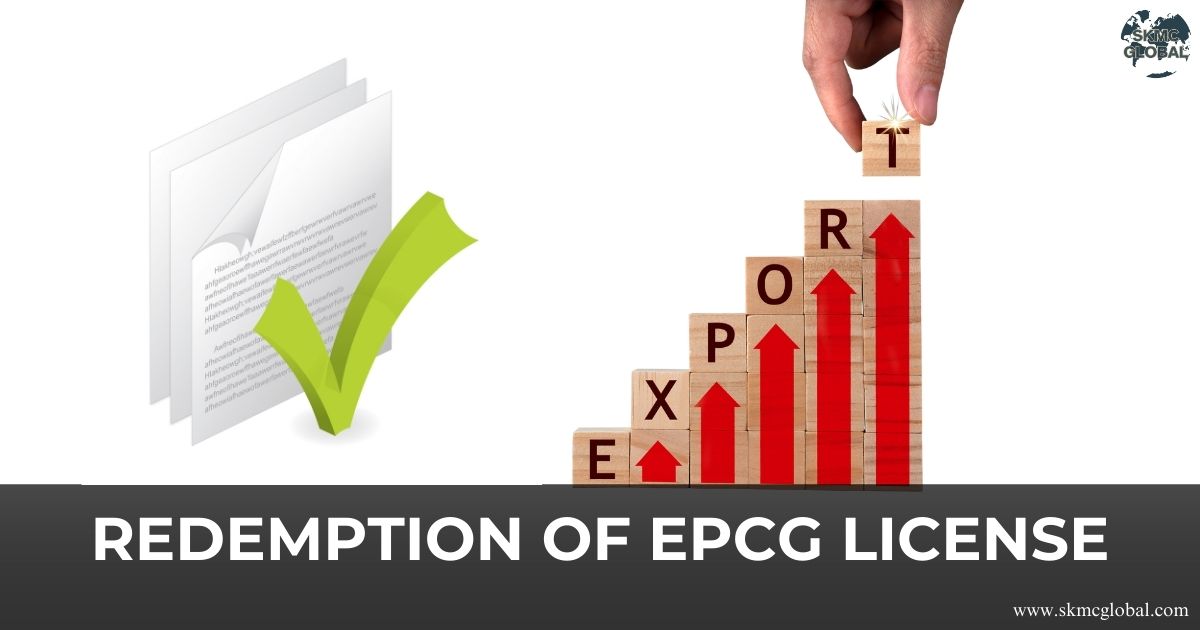 Redemption of EPCG License...
Sep 26,2025
Redemption of EPCG License...
Sep 26,2025
-
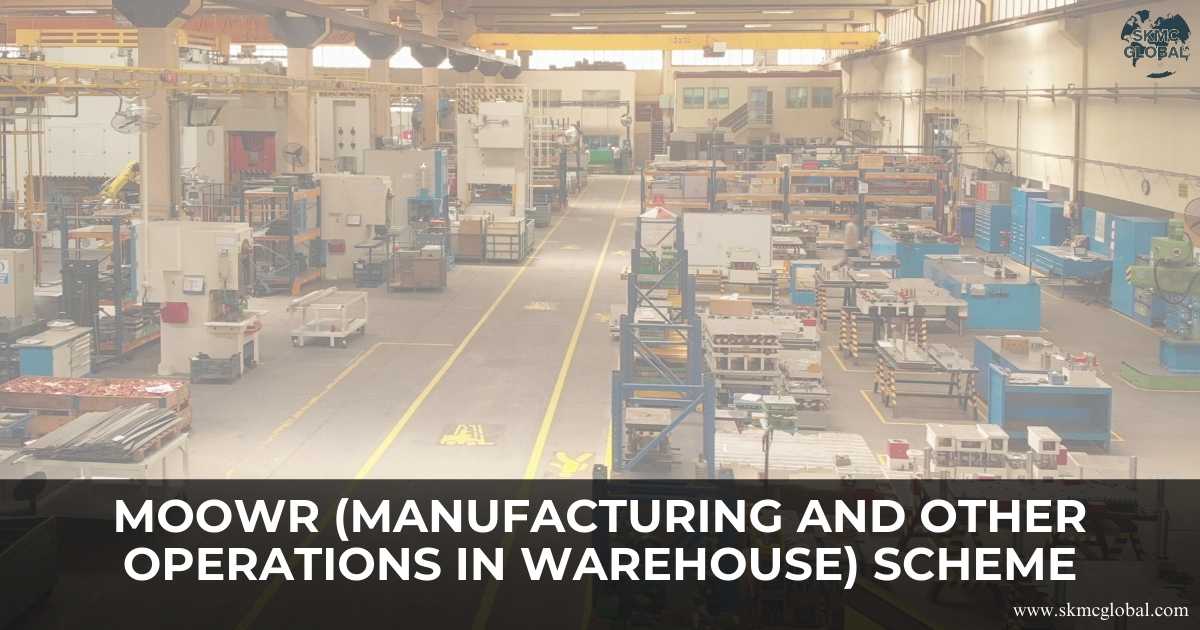 MOOWR (Manufacturing and Other Operations in Wareh...
Sep 24,2025
MOOWR (Manufacturing and Other Operations in Wareh...
Sep 24,2025
-
 Procedure to Apply SCOMET License...
Sep 22,2025
Procedure to Apply SCOMET License...
Sep 22,2025
-
 Landscape of Semiconductor Industry while Doing Bu...
Sep 18,2025
Landscape of Semiconductor Industry while Doing Bu...
Sep 18,2025
-
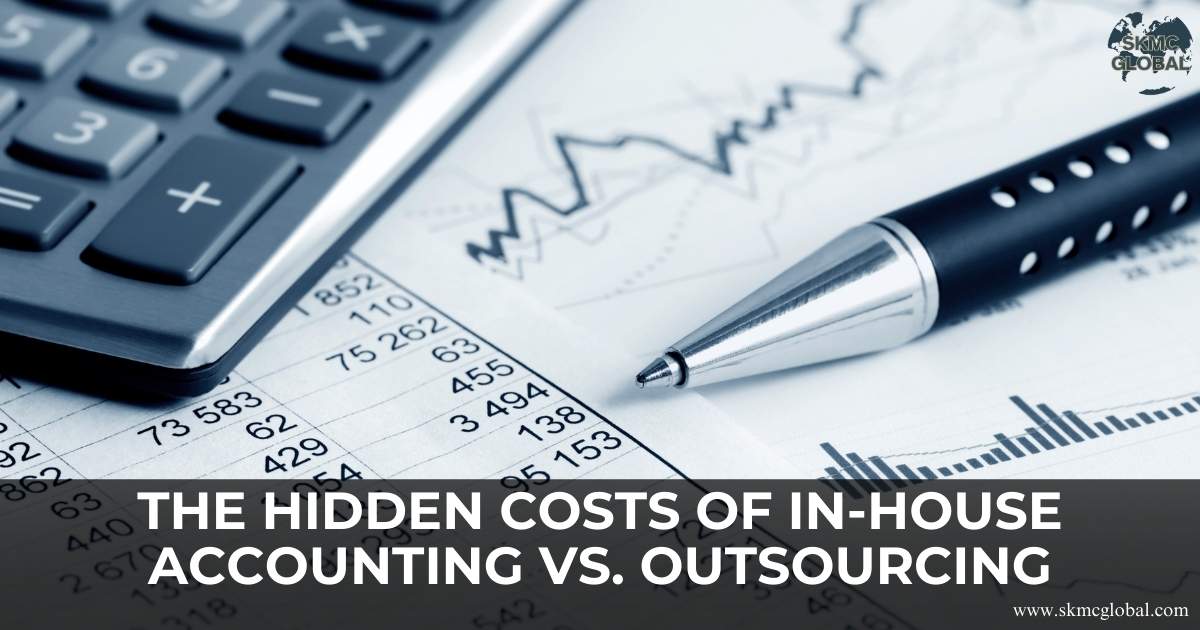 The Hidden Costs of In-House Accounting v/s Outsou...
Sep 17,2025
The Hidden Costs of In-House Accounting v/s Outsou...
Sep 17,2025
-
 TDS on sale of immovable property by an nri...
Sep 10,2025
TDS on sale of immovable property by an nri...
Sep 10,2025
-
 Setting up a Project Office in India...
Sep 08,2025
Setting up a Project Office in India...
Sep 08,2025
-
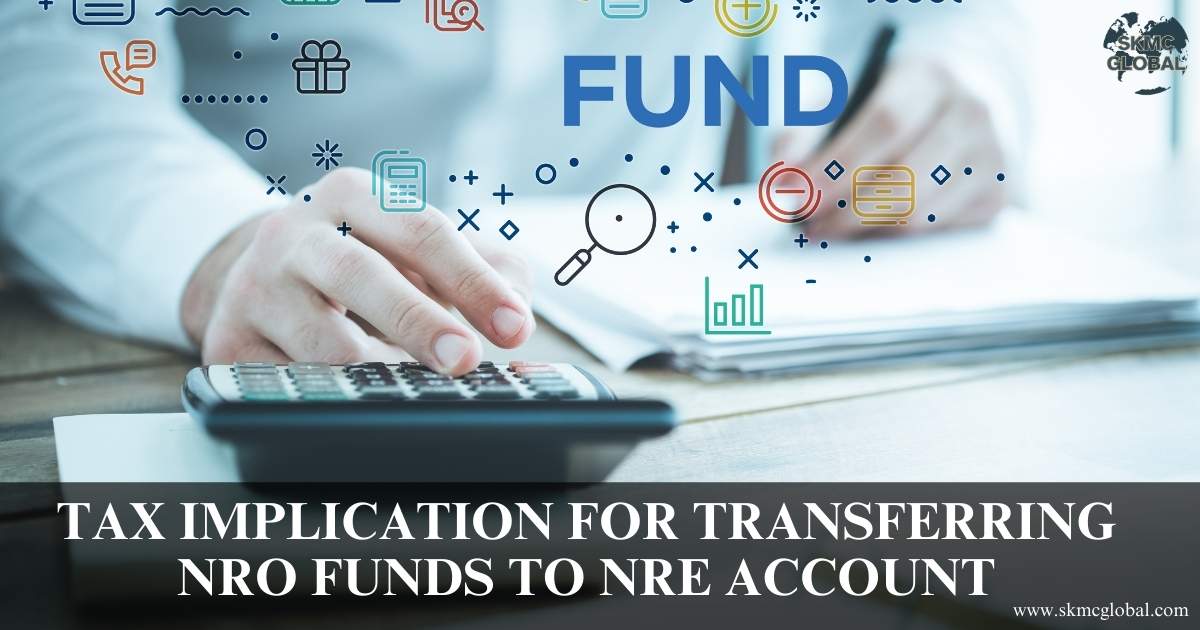 Tax Implication for Transferring NRO Funds to NRE ...
Sep 05,2025
Tax Implication for Transferring NRO Funds to NRE ...
Sep 05,2025
-
 How outsourcing CFO services helps the corporates ...
Aug 27,2025
How outsourcing CFO services helps the corporates ...
Aug 27,2025
-
 Why a Periodical Cash Flow Statement is Necessary ...
Aug 26,2025
Why a Periodical Cash Flow Statement is Necessary ...
Aug 26,2025
-
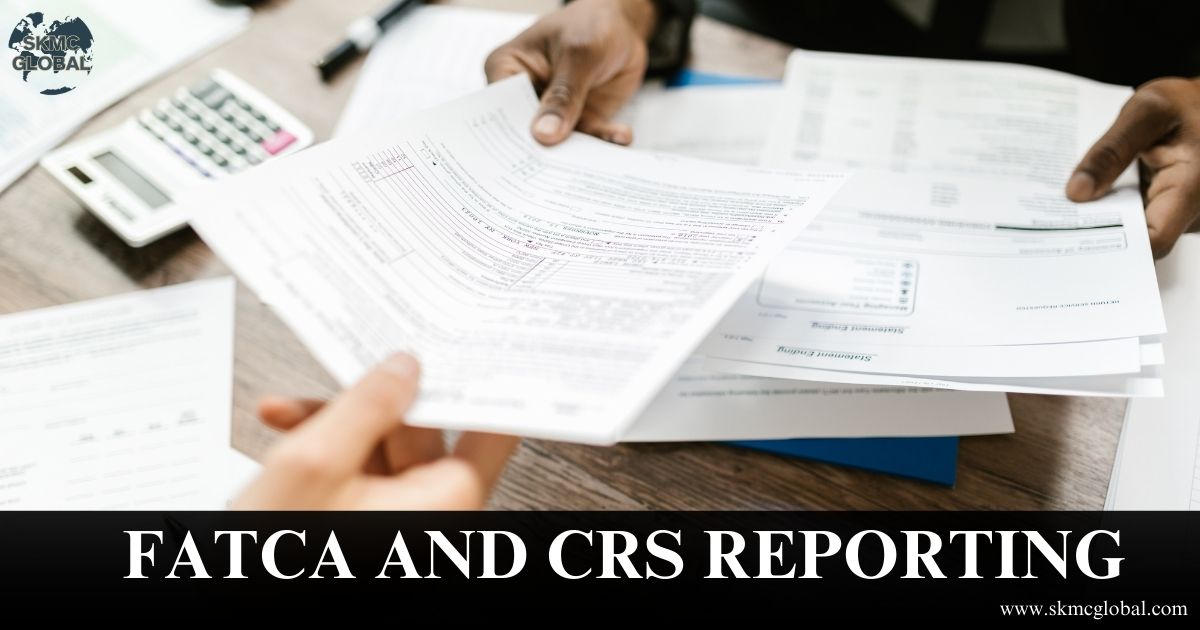 What is FATCA and CRS reporting and its difference...
Aug 22,2025
What is FATCA and CRS reporting and its difference...
Aug 22,2025
-
 What are unclaimed TDS Credits and how to claim it...
Aug 21,2025
What are unclaimed TDS Credits and how to claim it...
Aug 21,2025
-
 Digital Taxation is reshaping Tax Nexus Between Ju...
Aug 20,2025
Digital Taxation is reshaping Tax Nexus Between Ju...
Aug 20,2025
-
 Procedure to Take PF Registration and Its Complian...
Aug 18,2025
Procedure to Take PF Registration and Its Complian...
Aug 18,2025
-
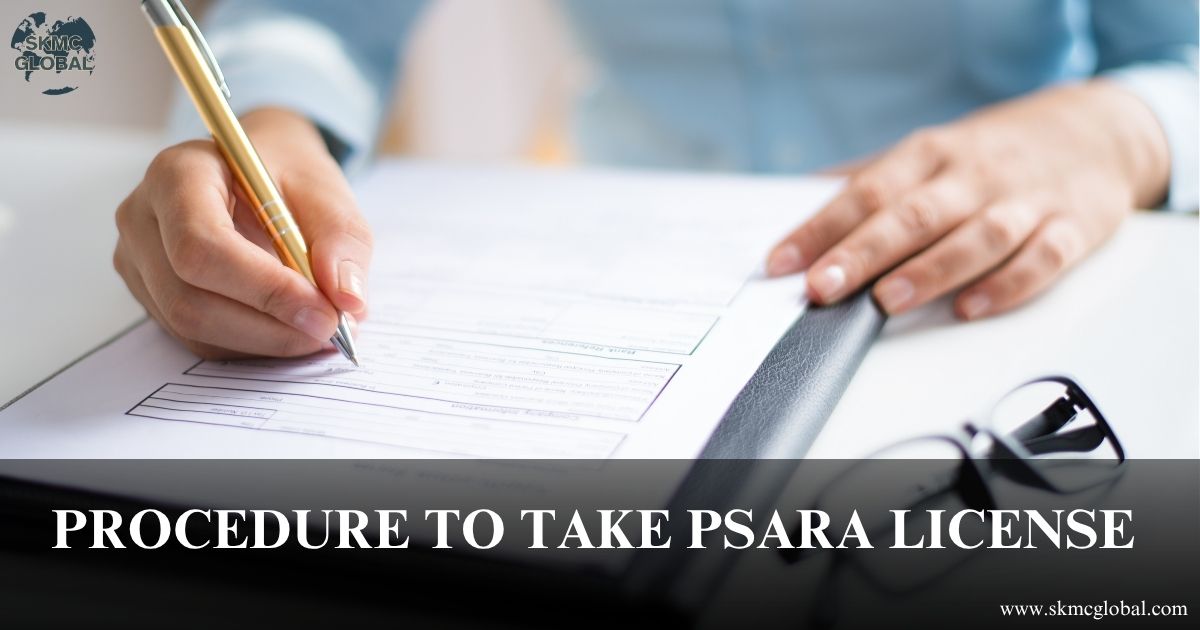 Procedure to take PSARA License...
Aug 11,2025
Procedure to take PSARA License...
Aug 11,2025
-
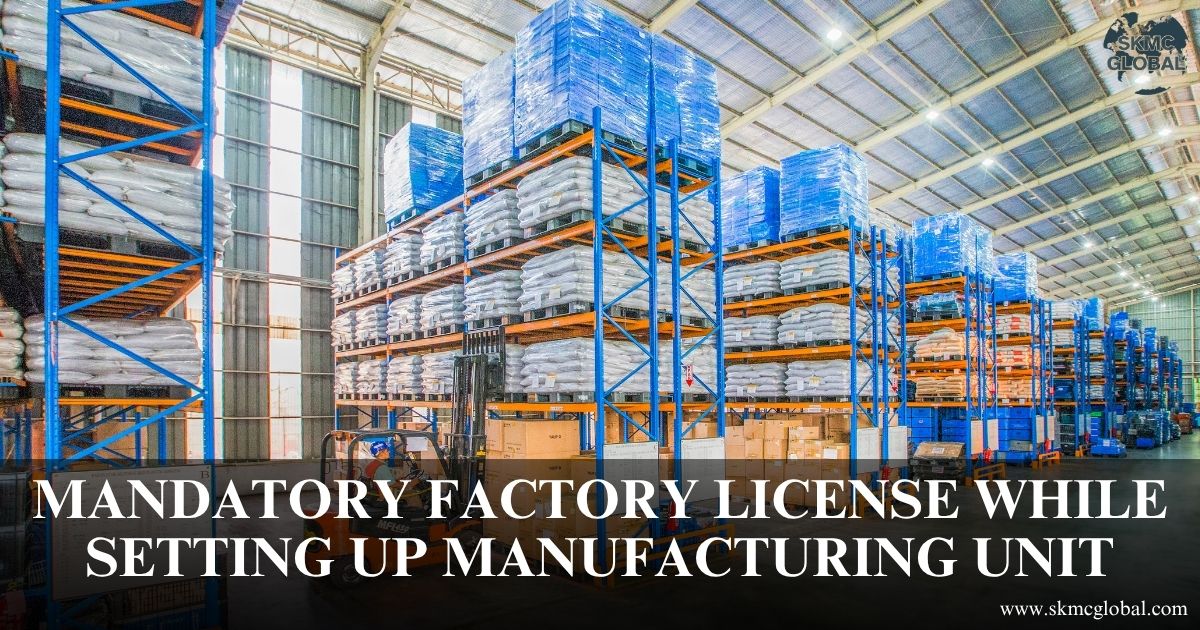 Mandatory factory license while setting up manufac...
Aug 08,2025
Mandatory factory license while setting up manufac...
Aug 08,2025
-
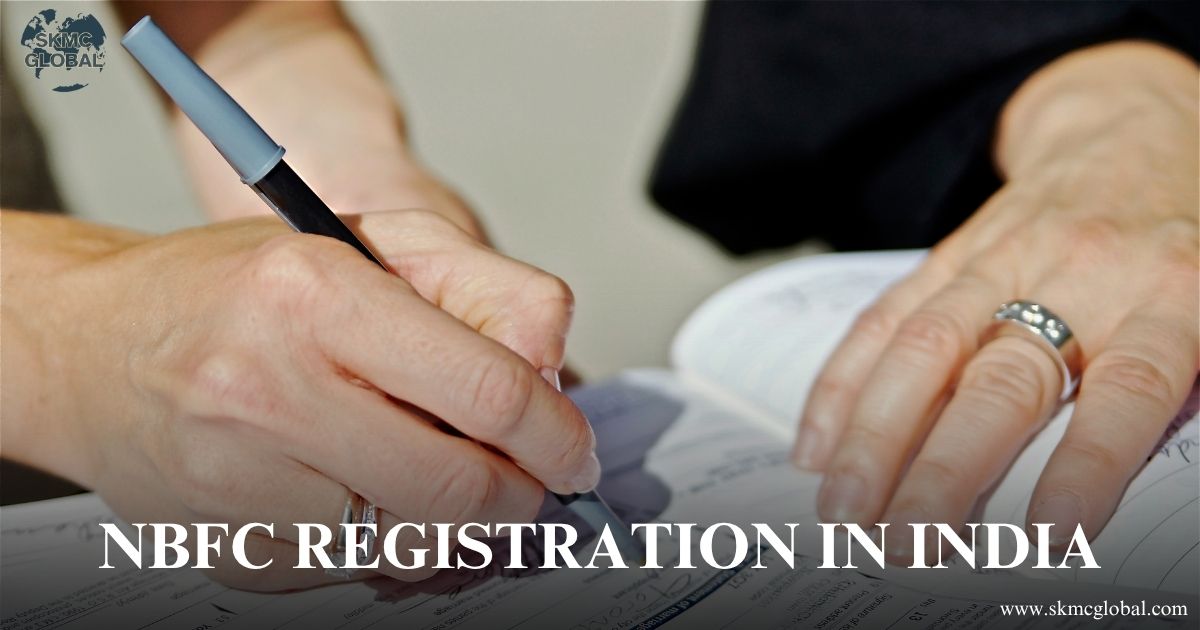 Procedure for obtaining NBFC Registration in India...
Aug 04,2025
Procedure for obtaining NBFC Registration in India...
Aug 04,2025
-
 FSSAI License registration for Food Business...
Jul 14,2025
FSSAI License registration for Food Business...
Jul 14,2025
-
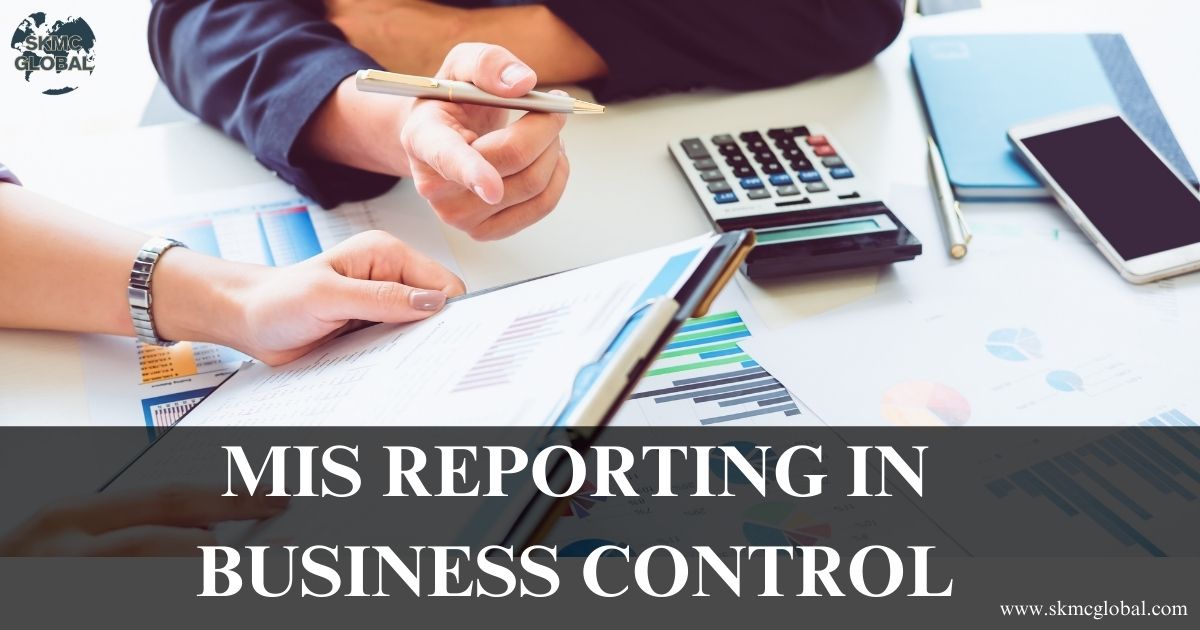 How Management Information System (MIS) reporting ...
Jul 11,2025
How Management Information System (MIS) reporting ...
Jul 11,2025
-
 IFRS 9 impairment- A complete guide...
Jul 12,2025
IFRS 9 impairment- A complete guide...
Jul 12,2025
-
 Why most of the companies are shifting to hr and p...
Jul 10,2025
Why most of the companies are shifting to hr and p...
Jul 10,2025
-
 A complete guide on valuation of shares...
Jul 10,2025
A complete guide on valuation of shares...
Jul 10,2025
-
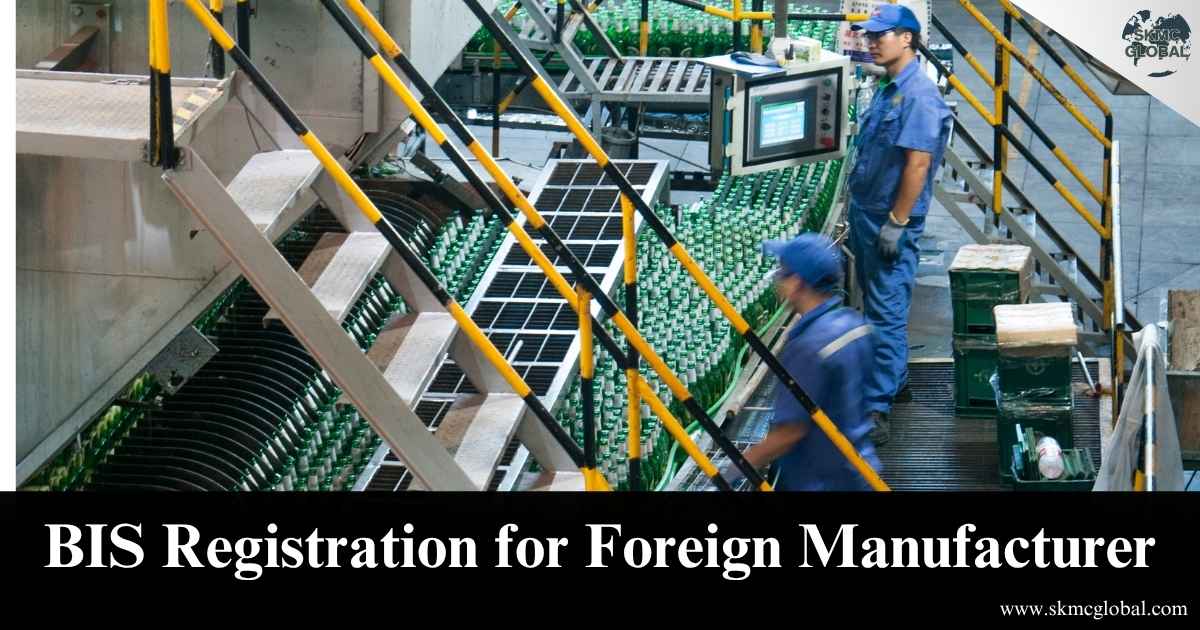 BIS registration for foreign manufacturer...
Jul 09,2025
BIS registration for foreign manufacturer...
Jul 09,2025
-
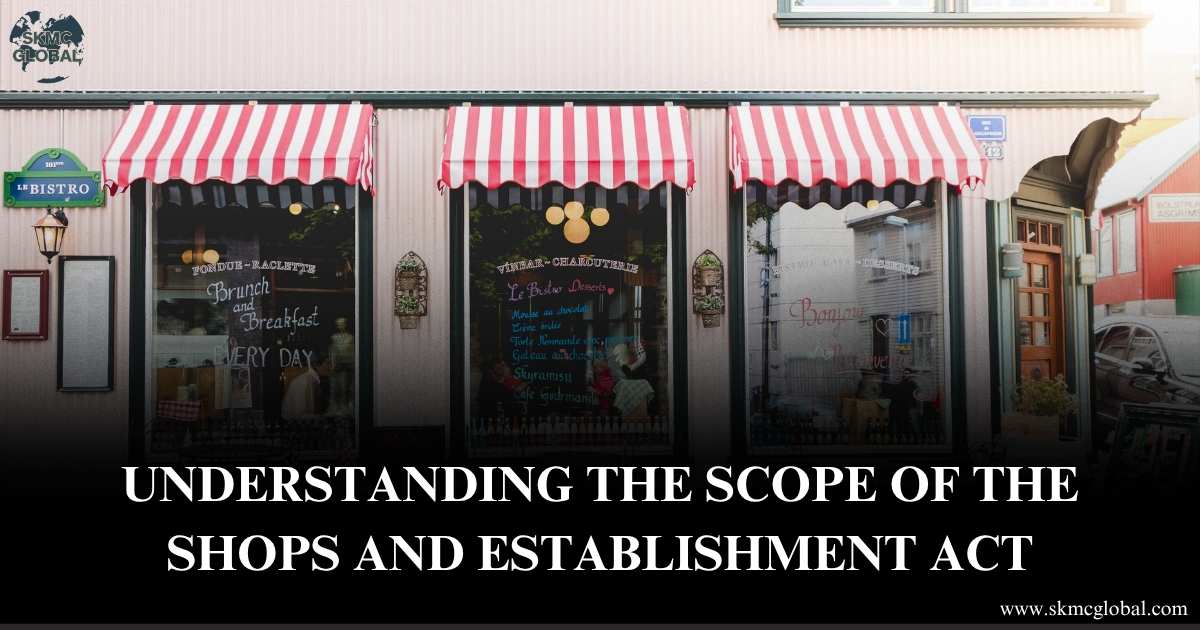 Understanding the Scope of the Shops and Establish...
Jul 08,2025
Understanding the Scope of the Shops and Establish...
Jul 08,2025
-
 Coso framework: Complete guide on internal control...
Jun 26,2025
Coso framework: Complete guide on internal control...
Jun 26,2025
-
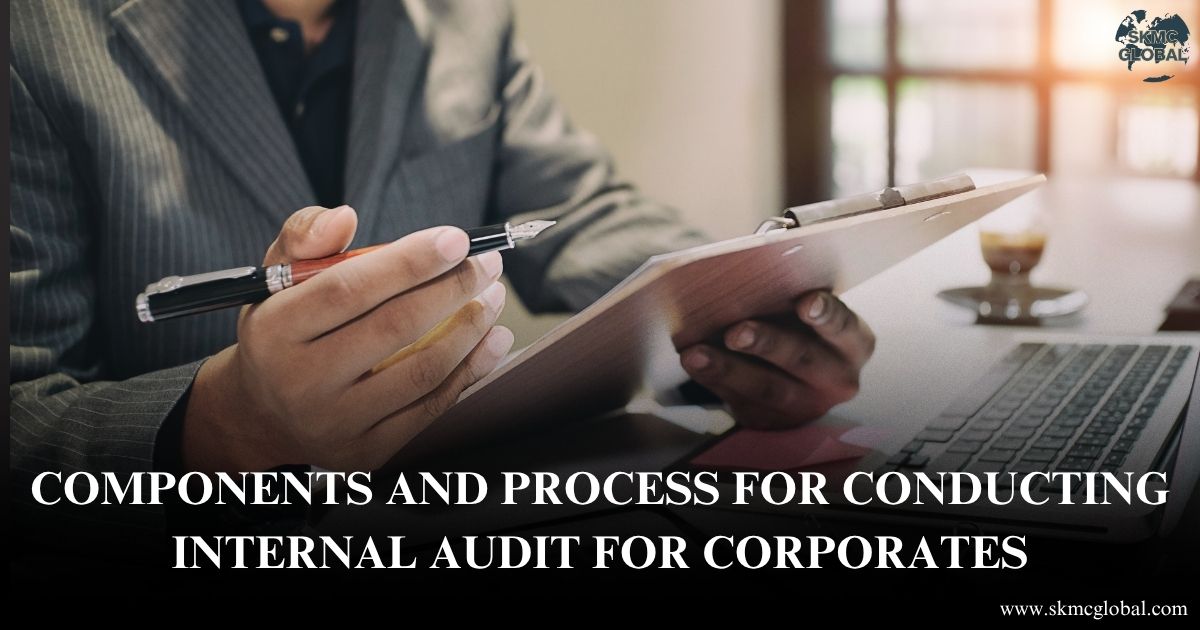 Components and Process for Conducting Internal Aud...
Jun 25,2025
Components and Process for Conducting Internal Aud...
Jun 25,2025
-
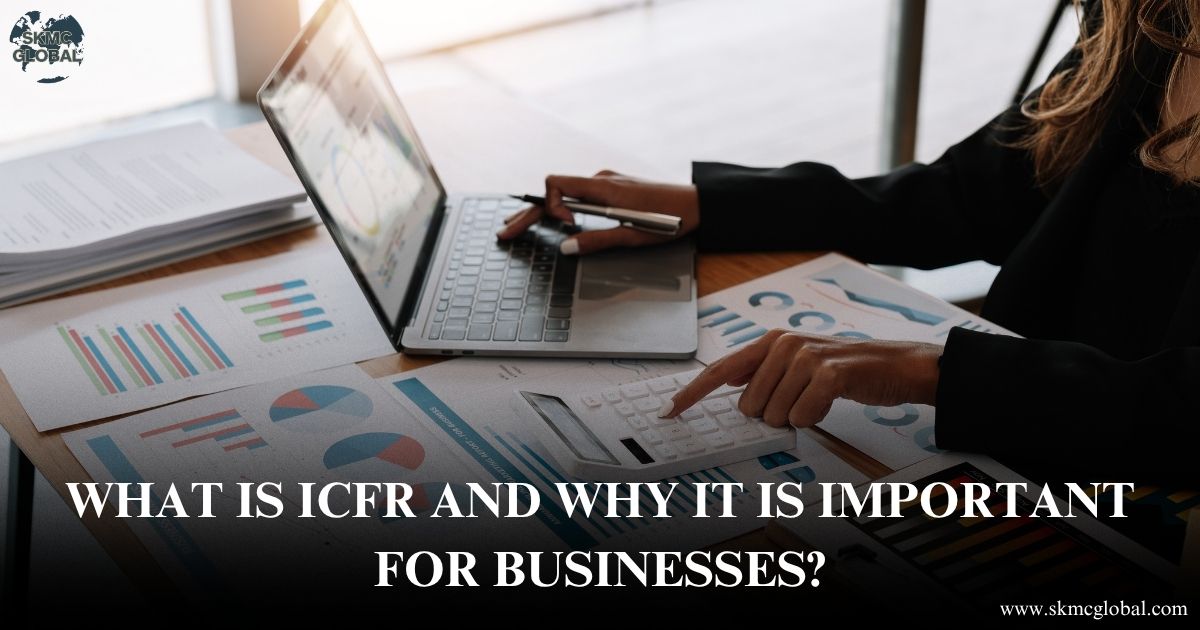 What is ICFR and Why It is Important for Businesse...
Jun 24,2025
What is ICFR and Why It is Important for Businesse...
Jun 24,2025
-
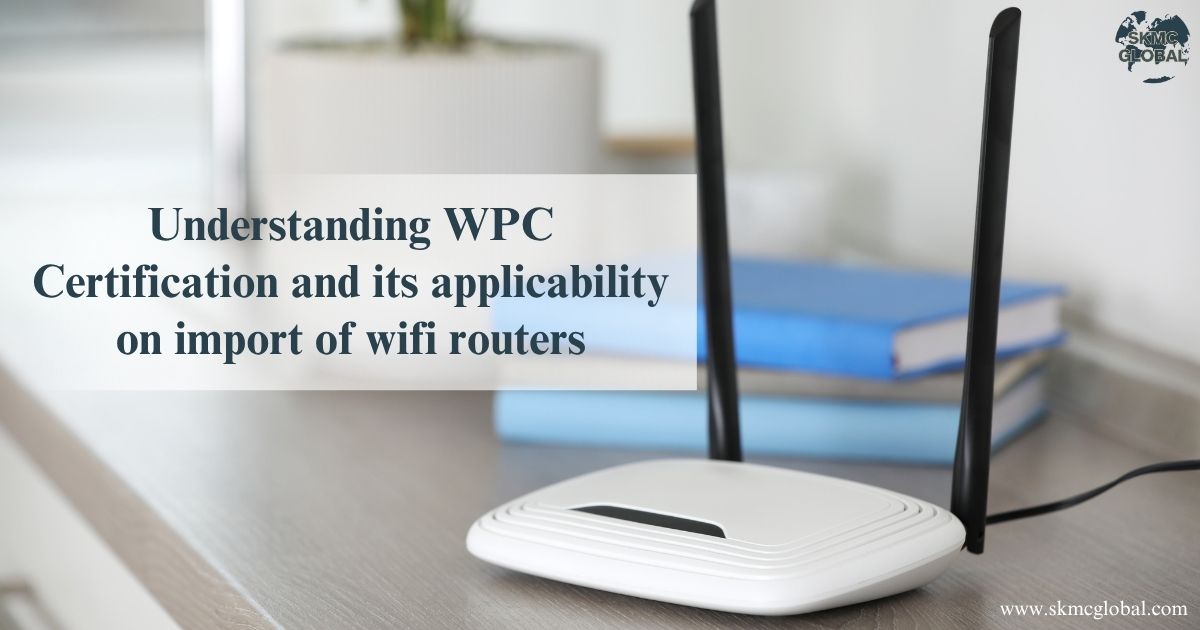 Understanding WPC Certification and its applicabil...
Jun 23,2025
Understanding WPC Certification and its applicabil...
Jun 23,2025
-
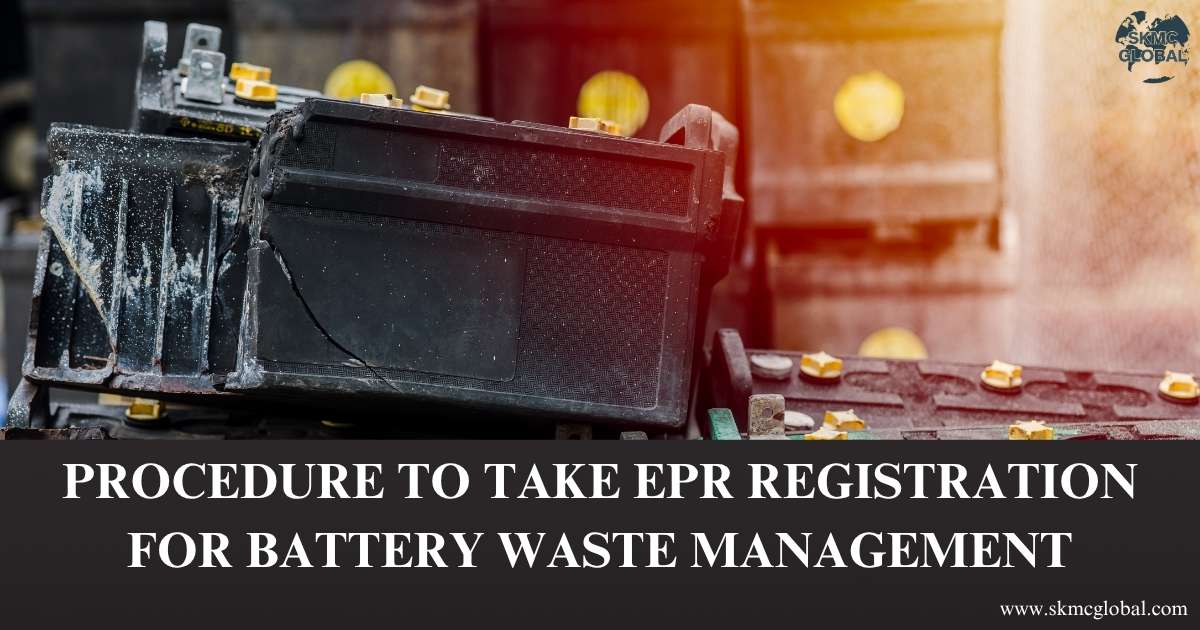 Procedure to take EPR registration for battery was...
Jun 21,2025
Procedure to take EPR registration for battery was...
Jun 21,2025
-
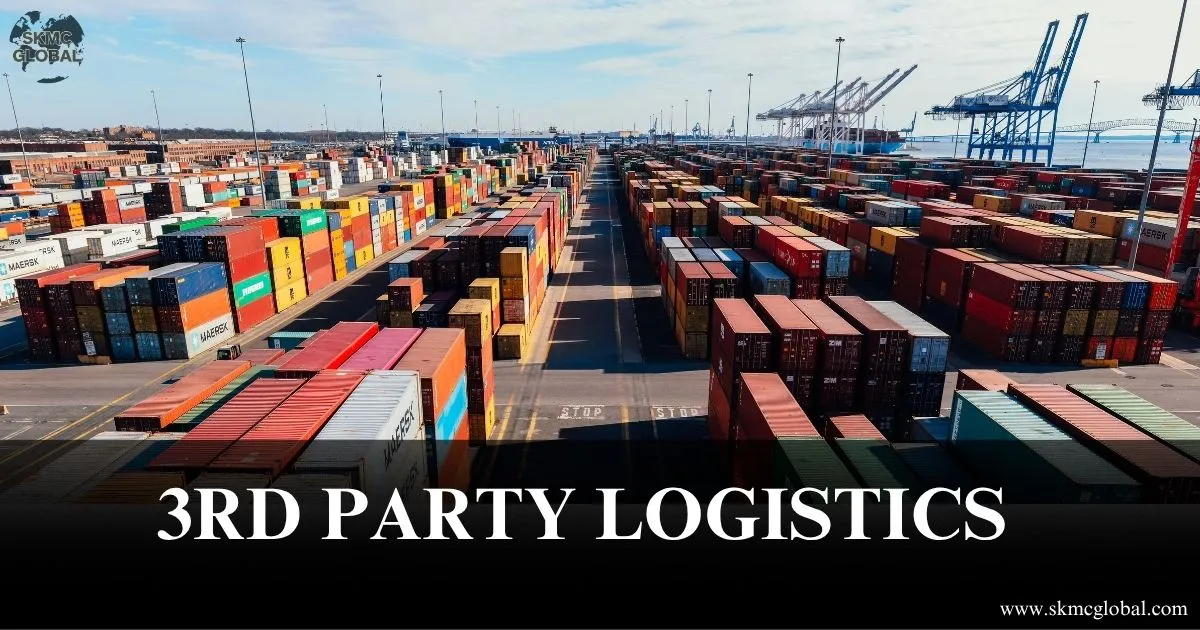 3PL Logistics...
Jun 19,2025
3PL Logistics...
Jun 19,2025
-
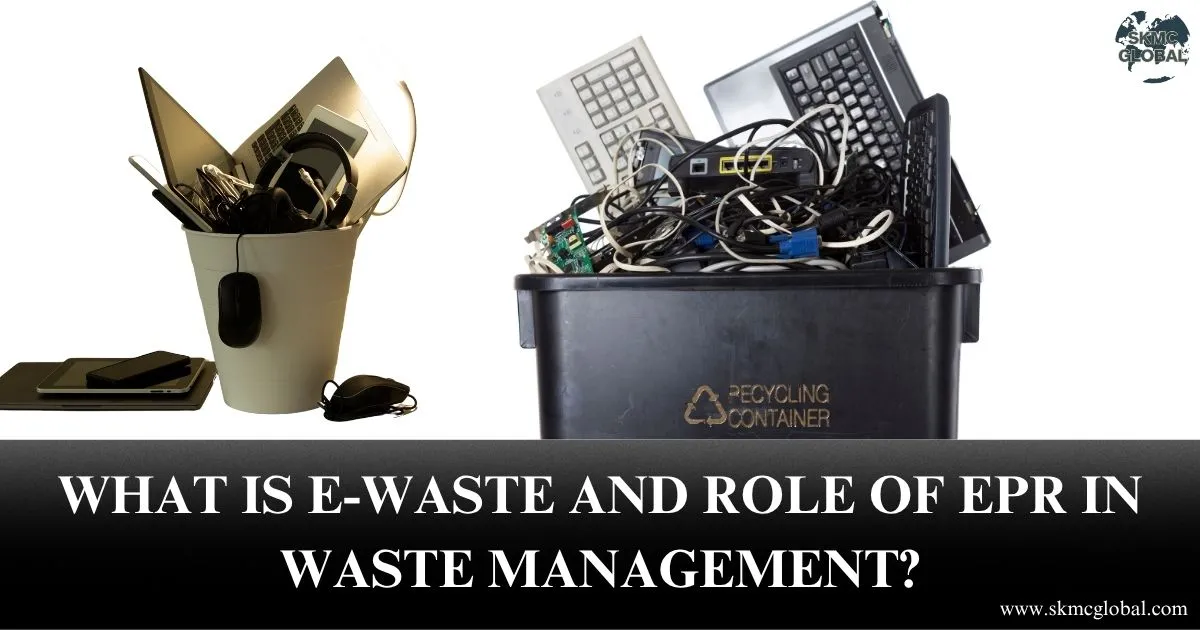 What is E-Waste and role of EPR in Waste Managemen...
Jun 17,2025
What is E-Waste and role of EPR in Waste Managemen...
Jun 17,2025
-
 M&A Due Diligence in India: How to Spot Target Com...
Jun 16,2025
M&A Due Diligence in India: How to Spot Target Com...
Jun 16,2025
-
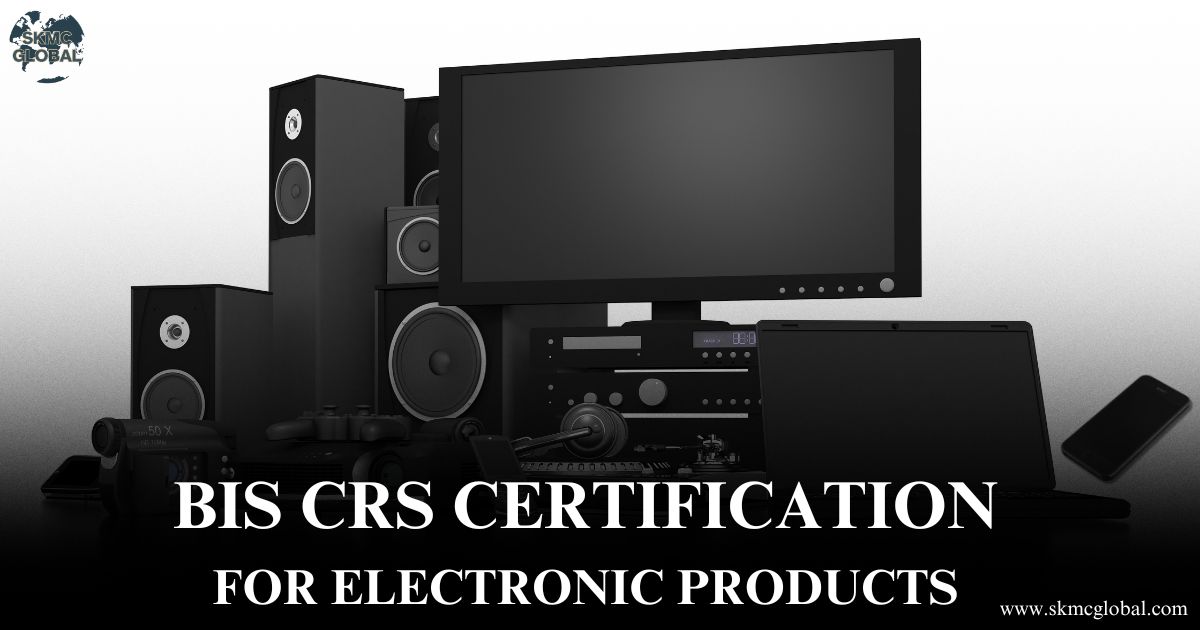 BIS crs certification for electronic products...
Jun 12,2025
BIS crs certification for electronic products...
Jun 12,2025
-
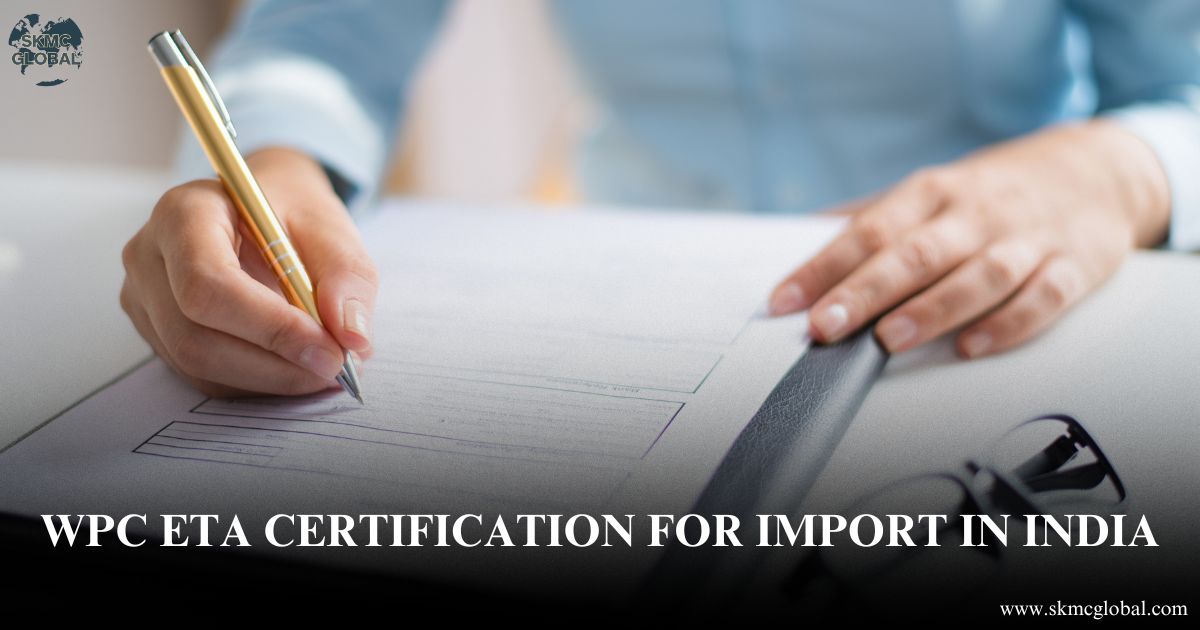 All you need to know about WPC ETA certification f...
Jun 11,2025
All you need to know about WPC ETA certification f...
Jun 11,2025
-
 What is CDSCO Registration under The Drugs & Cosme...
Jun 10,2025
What is CDSCO Registration under The Drugs & Cosme...
Jun 10,2025
-
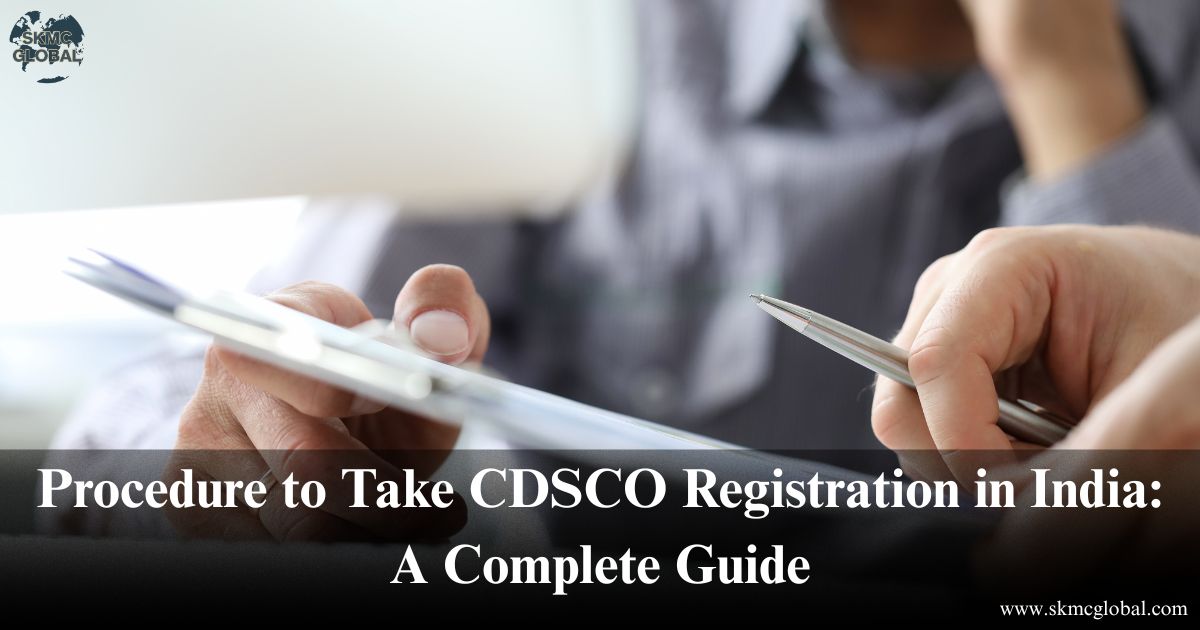 Procedure to Take CDSCO Registration in India: A C...
Jun 09,2025
Procedure to Take CDSCO Registration in India: A C...
Jun 09,2025
-
 All You Need to Know About AERB Registration...
Jun 07,2025
All You Need to Know About AERB Registration...
Jun 07,2025
-
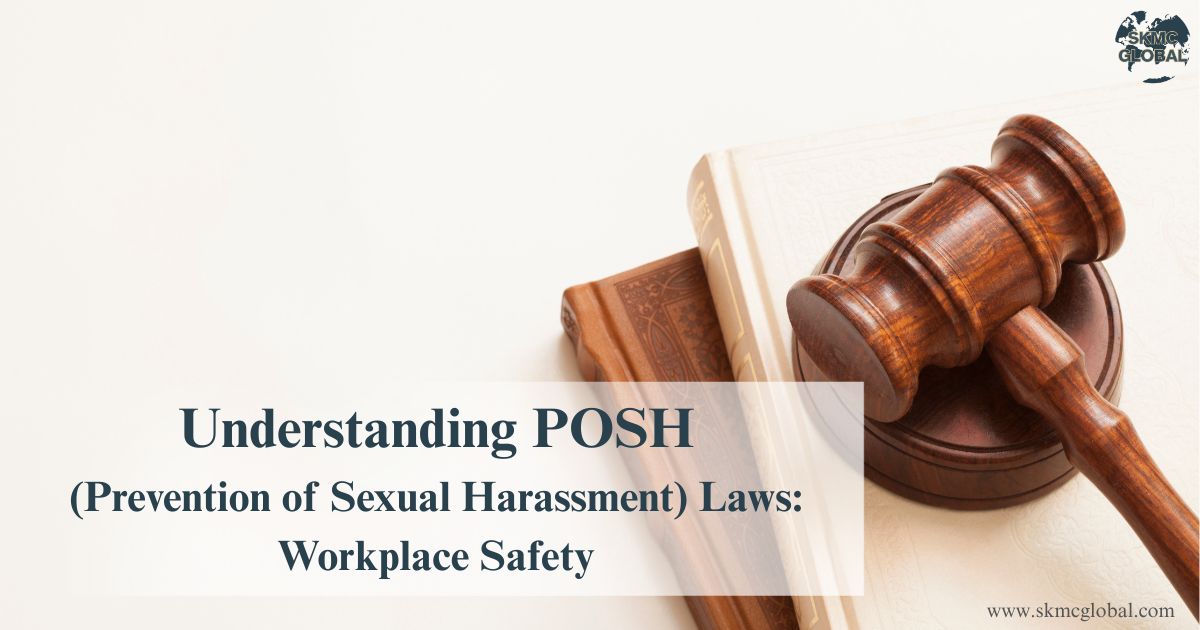 Understanding POSH (Prevention of Sexual Harassmen...
Jun 03,2025
Understanding POSH (Prevention of Sexual Harassmen...
Jun 03,2025
-
 Chartered Accountant's role in financial managemen...
May 23,2025
Chartered Accountant's role in financial managemen...
May 23,2025
-
 5 Things to keep in mind while running your payrol...
May 17,2025
5 Things to keep in mind while running your payrol...
May 17,2025
-
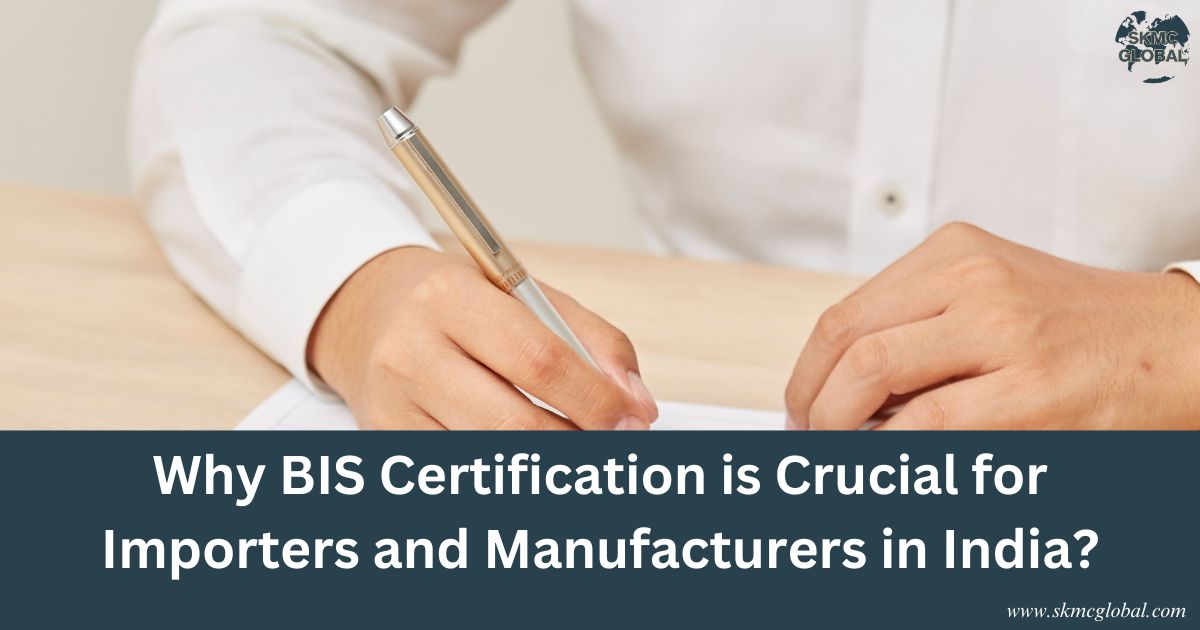 Why BIS Certification is Crucial for Importers and...
May 15,2025
Why BIS Certification is Crucial for Importers and...
May 15,2025
-
 Top 7 Reasons Indian Entrepreneurs Are Switching t...
May 07,2025
Top 7 Reasons Indian Entrepreneurs Are Switching t...
May 07,2025
-
 Incorporation of Company in Japan...
Apr 24,2025
Incorporation of Company in Japan...
Apr 24,2025
-
 How to set up a Representative Office in Singapore...
Apr 14,2025
How to set up a Representative Office in Singapore...
Apr 14,2025
-
 BIS certificate for medical equipments...
Apr 09,2025
BIS certificate for medical equipments...
Apr 09,2025
-
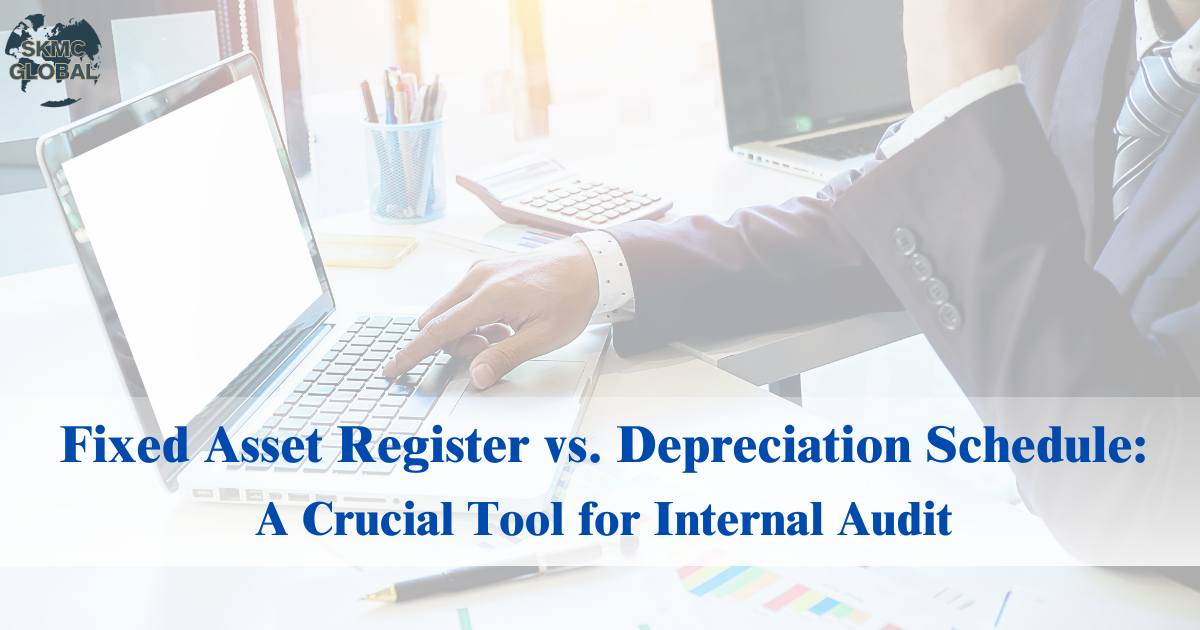 Fixed Asset Register v/s Depreciation Schedule: A ...
Apr 02,2025
Fixed Asset Register v/s Depreciation Schedule: A ...
Apr 02,2025
-
 Role of AI in Accounting...
Mar 26,2025
Role of AI in Accounting...
Mar 26,2025
-
 Capital Structure & its Impact on Profitability...
Feb 21,2025
Capital Structure & its Impact on Profitability...
Feb 21,2025
-
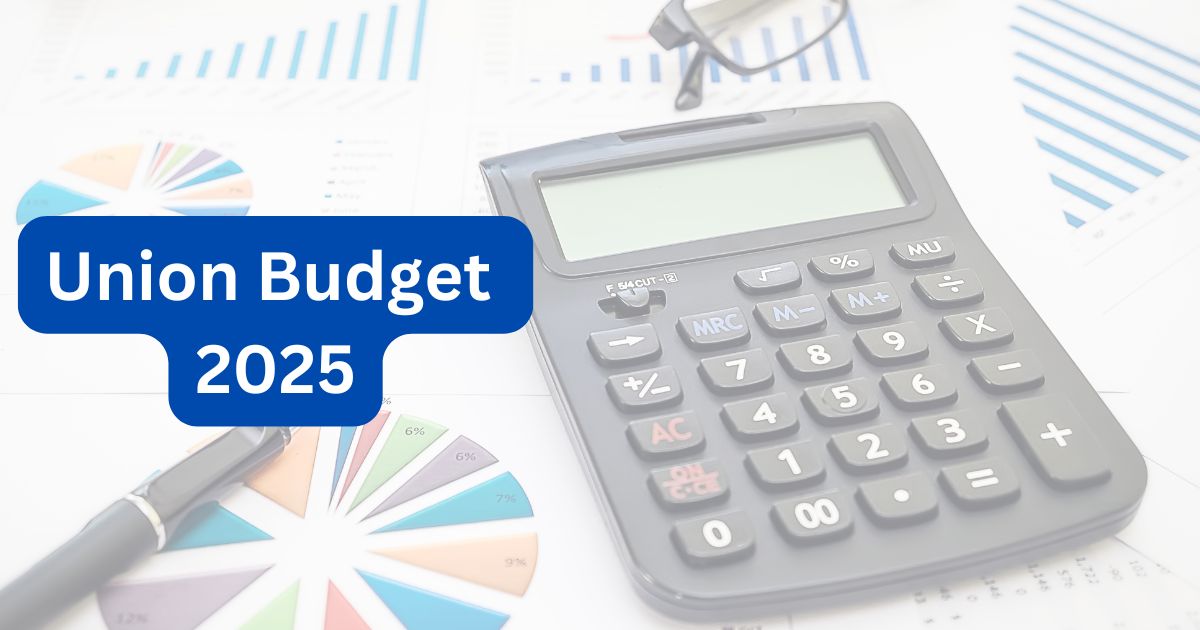 Union Budget 2025...
Feb 01,2025
Union Budget 2025...
Feb 01,2025
-
 What is EPR in Plastic waste Management? ...
Jul 12,2022
What is EPR in Plastic waste Management? ...
Jul 12,2022
-
 Lithium-ion Battery Recycling Plant Setup in India...
May 10,2022
Lithium-ion Battery Recycling Plant Setup in India...
May 10,2022
-
 Setting up E-waste Recycling Plant Setup...
Jan 12,2022
Setting up E-waste Recycling Plant Setup...
Jan 12,2022
-
 Applicability of Labour Laws in India...
Jul 15,2021
Applicability of Labour Laws in India...
Jul 15,2021
-
 Basis to Outsource Finance and Accounting Services...
Oct 31,2021
Basis to Outsource Finance and Accounting Services...
Oct 31,2021
